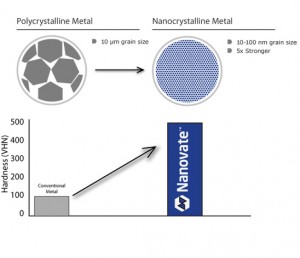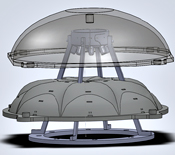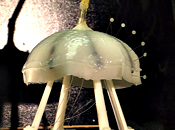Lunchtime poetry readings are being held at Simon Fraser University at its Harbour Centre campus in Vancouver’s downtown core and this one on March 28, 2012 marks the beginning.
Wednesday, March 28, 2012
lunch poems @sfu with poets Evelyn Lau and Daniela Elza
Time: Noon-1 pm
Place: The Teck Gallery, Harbour Centre, 515 West Hastings
Cost: Free
Lunch poems @sfu is a new series of volunteer-run poetry readings held monthly, featuring well-known and new poets. This inaugural event features Evelyn Lau, current Vancouver Poet Laureate, and Daniela Elza.
Evelyn Lau was born in Vancouver in 1971 and is the author of five volumes of poetry, two works of non-fiction, two short story collections and a novel, with works translated into a dozen languages worldwide. She is at work on her sixth collection of poetry. She has received various awards for her work. Runaway: Diary of a Street Kid, published when she was only 18, was a Canadian bestseller and was made into a movie.
Daniela Elza’s work has been published in more than fifty literary and peer-reviewed publications and to date she has released more than 200 poems into the world. In 2011 Daniela received her doctorate in Philosophy of Education from Simon Fraser University.
Here’s a bit more about Poet Laureates in Vancouver, from the City of Vancouver’s Poet Laureate page,
The Poet Laureate is an honorary position that was established by City Council in December 2006 to honour and celebrate the contribution of literature and poetry to life in Vancouver. The position is funded by a generous endowment established by Dr. Yosef Wosk, OBC [Order of British Columbia], in 2006.
George McWhirter, Professor Emeritus of UBC’s Creative Writing Program was named Vancouver’s first Poet Laureate on March 8, 2007. In 2009, McWhirter published the anthology A Verse Map of Vancouver with Anvil Press, which included upwards of 100 poets who mapped Vancouver’s verse geography.
Brad Cran, Vancouver’s second Poet Laureate, [completed] his term on October 22, 2011. He organized the Vancouver 125 Poetry Conference (October 19-22, 2011), a national gathering of a generation of poets who published their first book after 1990.
Evelyn Lau is Vancouver’s 3rd Poet Laureate. Here’s more from the City of Vancouver Oct. 14, 2011 news release announcing her appointment,
The City of Vancouver, in partnership with the Vancouver Public Library and the Vancouver International Writers Festival, is proud to announce celebrated local poet and author Evelyn Lau as Vancouver’s third Poet Laureate.
…
Ms. Lau plans to raise the profile of local poets and bring poetry into public spaces and public discourse, continuing the work her predecessor. She will also meet with aspiring poets in the community through a series of poet-in-residence consultations and continue to work on her sixth collection of poetry.
….
Runaway: Diary of a Street Kid, published when she was 18, was a Canadian bestseller and was made into a movie. You Are Not Who You Claim won the Milton Acorn People’s Poetry Award, and Oedipal Dreams was nominated for the Governor-General’s Award for poetry. Her poems have been included in Best American Poetry and Best Canadian Poetry and received a National Magazine Award. Her most recent collection, Living Under Plastic, won the Pat Lowther Award for best book of poetry by a woman in Canada.




